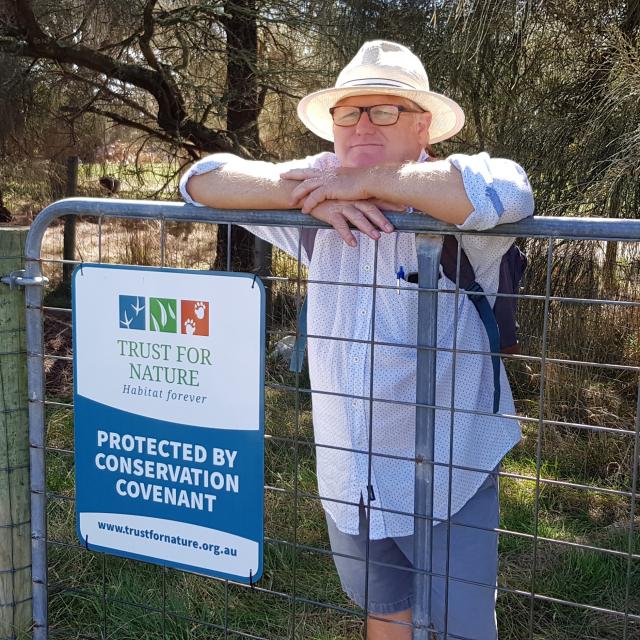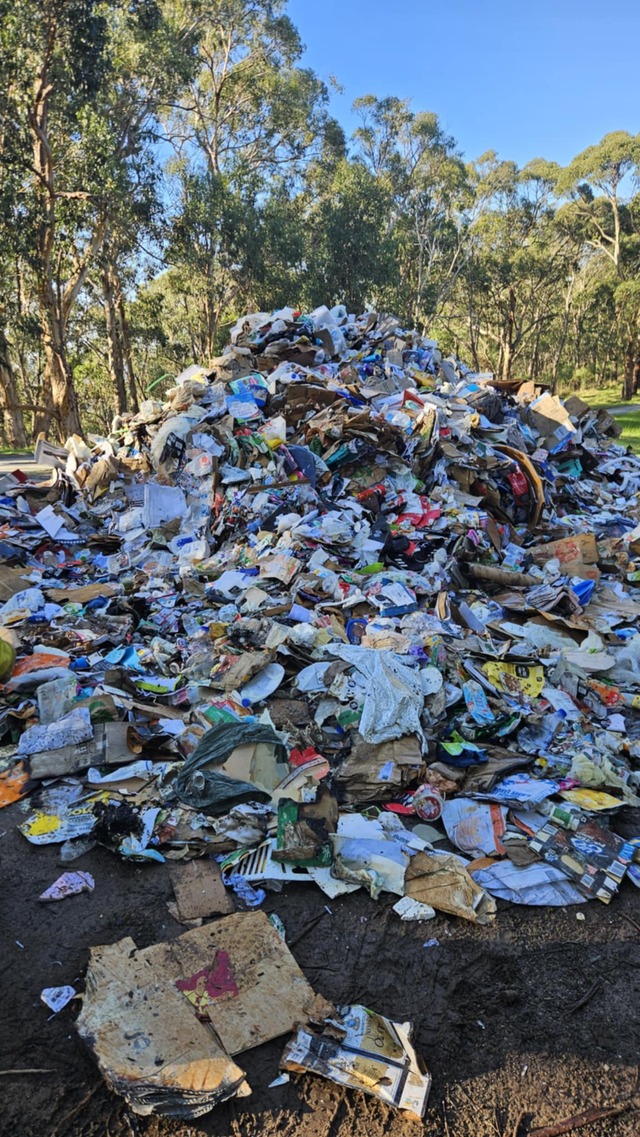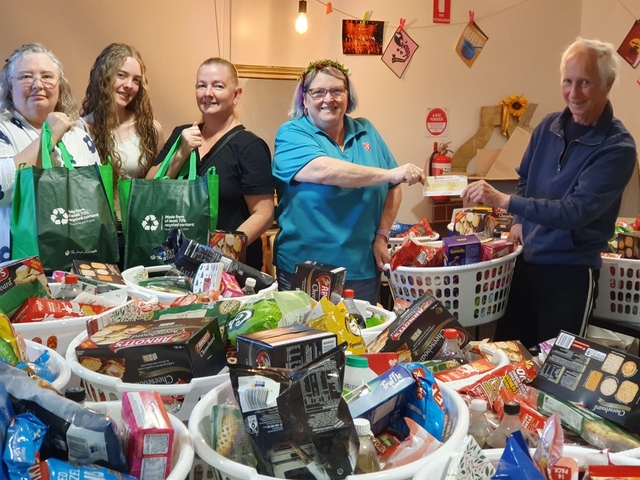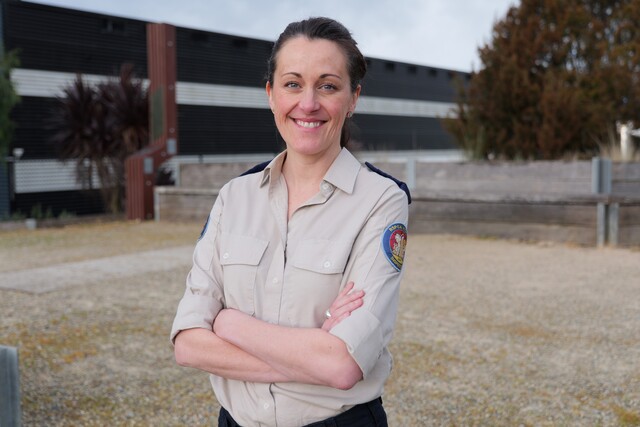Around 400 hectares of privately owned land throughout the Yarra Valley and Dandenong Ranges has been protected since 2019 through Trust for Nature, to ensure the survival bio-diverse habitats.
Working with Trust for Nature, landholders volunteered to permanently protect habitat on their properties.
Regional manager Ben Collins said there are plenty of important conservation areas throughout the Dandenong Ranges and Yarra Valley.
“We’re reaching out landholders to try and see who is interested in looking into protecting their properties,” he said.
“We can protect a lot of things that aren’t represented in national parks, so a lot of people have these conservation values on their property and it can have national significance.”
Trust for Nature helps private land owners place conservation covenants on the title of their property, protecting the land permanently as a conservation area.
In 2020 and 2021, more than 2700 hectares – an area 15 times the size of Melbourne’s CBD – has been protected throughout Victoria.
Landowner Ann Lazzaro volunteered 20 hectares of her property in Galadysdale under a conservation covenant because it protects habitats for the threatened Lewin’s Rail and Swamp Skink.
“Protecting this land gives me a feeling of positivity and hope for the future,” Ms Lazzaro said.
“In this sense the covenant is a legacy that will ensure that this very beautiful and special part of our bush will be given the best chance of flourishing.”
Trust for Nature is one of Australia’s oldest conservation organisations. It was established as a non-for-profit organisation by the Victorian Conservation Trust Act 1972 to protect habitat on private land.
Mr Collins said there are many different threatened species throughout the hills.
“We’ve had a bit of a focus around helmeted honey eaters and leadbeater possums because they are so endangered,” he said.
“We’re keen to talk to anyone who wants to protect their property, because there’s a lot of great value in the space.”







